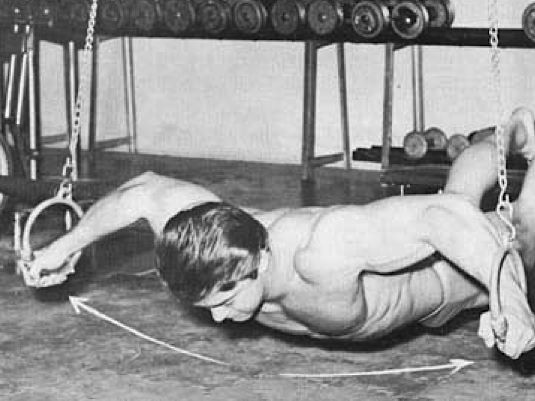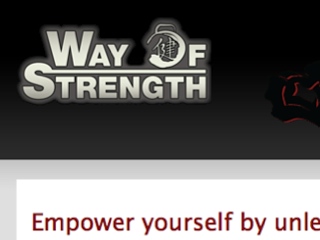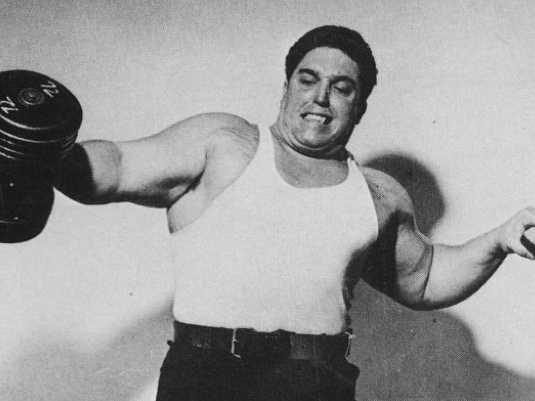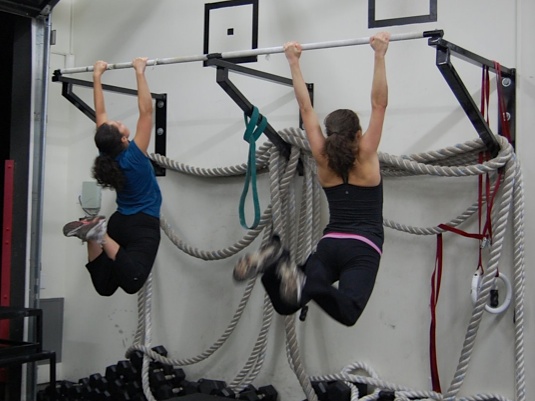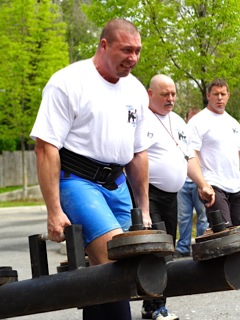Video - EFS Underground Strength Sessions
A look at the EliteFTS guys in action. Warning : you may just feel like training immediately afterward. Good stuff.
The Unorthodox Method
The Unorthodox Method is Zach Coulter's look at Strongman, grip training, gymnastics and other fun things. A great read.
Got a site, event or product you'd like to recommend? Drop us a line.

